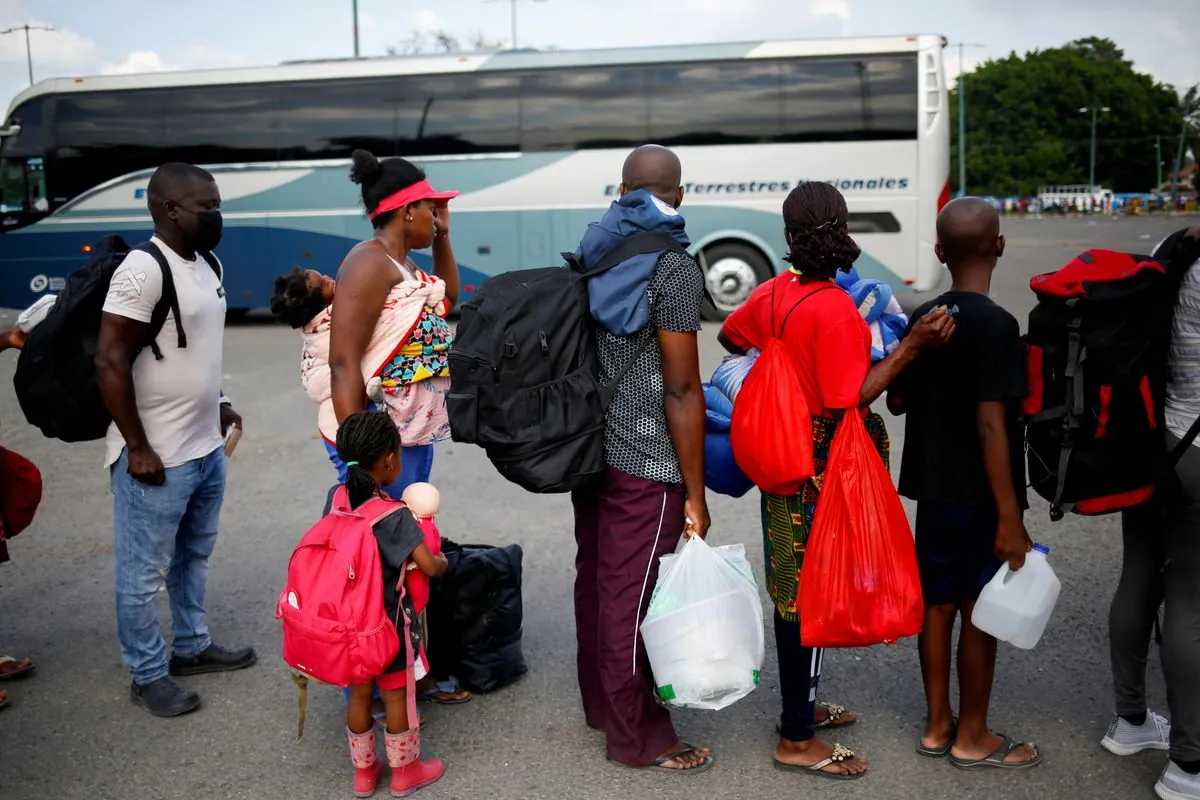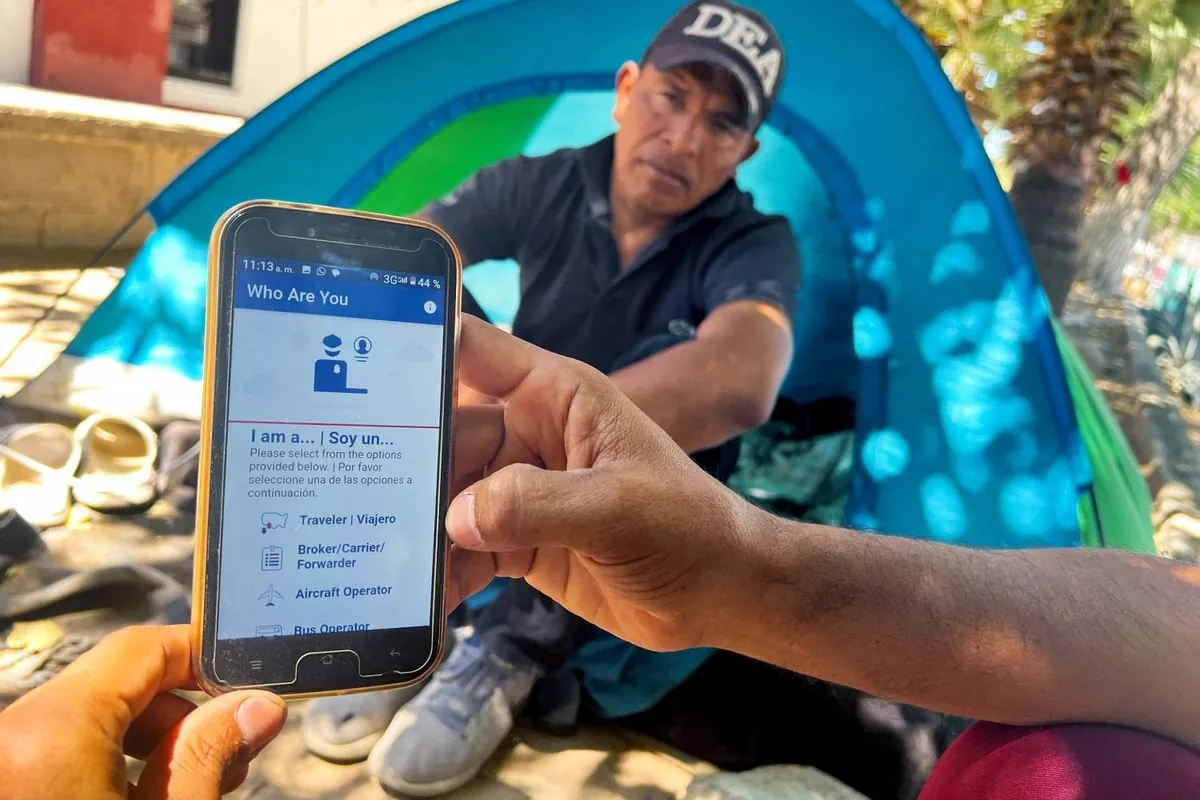Mexico Launches Escorted Bus Service for US-Bound Asylum Seekers
Mexico introduces escorted bus rides for non-Mexican migrants with US asylum appointments, aiming to manage migration flow from its southern regions. The initiative follows recent expansion of the CBP One app access.

Mexico's National Immigration Institute has unveiled a new initiative to provide escorted bus transportation for non-Mexican migrants with scheduled US asylum appointments. This service, announced on August 24, 2024, will operate from the southern cities of Villahermosa and Tapachula, facilitating safer travel to the US border.
This development comes one week after the United States expanded access to the CBP One application in southern Mexico. Previously, the app's availability was limited to central and northern regions of the country. The CBP One application, launched in October 2020, allows asylum seekers to register and await appointment dates.

The Mexican government's strategy aims to encourage migrants to remain in southern Mexico, farther from the 1,954-mile US-Mexico border - the world's most frequently crossed international boundary. However, migrants in these areas often face significant challenges, including limited employment opportunities and safety concerns.
To address these issues, the bus service will provide several benefits:
- 20-day transit permits for legal passage across Mexico
- Security provided by local, state, and federal law enforcement
- Meals during transit
This initiative may help reduce risks associated with northward journeys on foot. Tragically, in the week preceding this announcement, three migrants lost their lives and 17 others were injured when a vehicle struck them on a highway in Oaxaca, a state renowned for its indigenous cultures.
Mexico's approach to migration management has evolved significantly since the establishment of its National Immigration Institute in 1993. The country has become a major transit point for migrants from Central and South America, leading to increased pressure on both Mexican and US immigration systems.
The expansion of CBP One access to southern Mexico, including areas near the 541-mile Mexico-Guatemala border, was partly a result of Mexico's efforts to alleviate migrant concentrations in Mexico City, the most populous city in North America. Many migrants had previously opted to await their appointments in the capital due to better job prospects and relative safety compared to cartel-controlled border cities.
While this new bus service aims to improve the situation for migrants, it's important to note that Mexico has faced criticism for its treatment of migrants in the past. The implementation of policies such as the "Remain in Mexico" program in 2019 at the request of the US has been particularly controversial.
As asylum applications in the US continue to rise, both countries are seeking ways to manage the complex issue of migration. This latest initiative represents another step in the ongoing efforts to balance humanitarian concerns with border management.
"Our goal is to provide a safe and orderly process for migrants with legitimate asylum claims, while also addressing the challenges posed by irregular migration."
This evolving situation underscores the complexities of managing migration flows in the region, as both Mexico and the United States continue to adapt their policies and practices in response to changing circumstances.


































